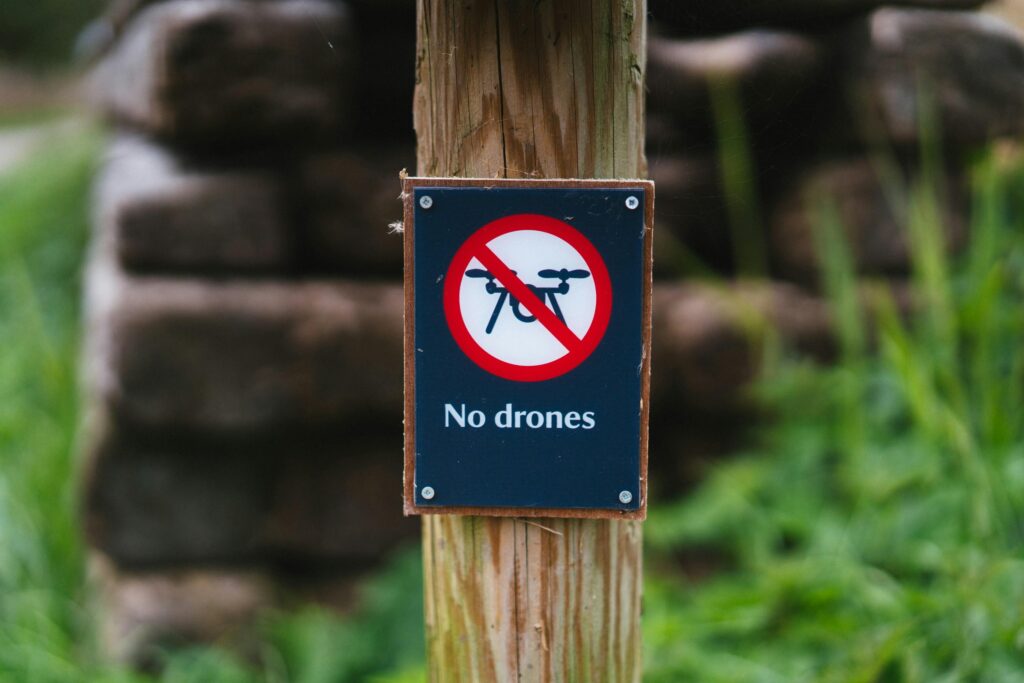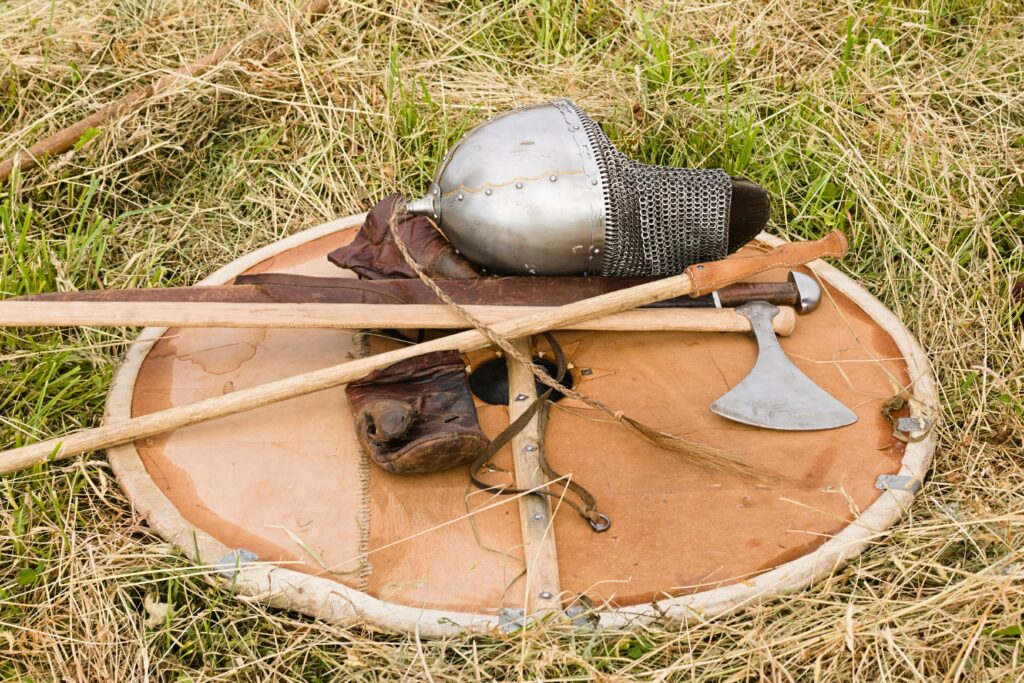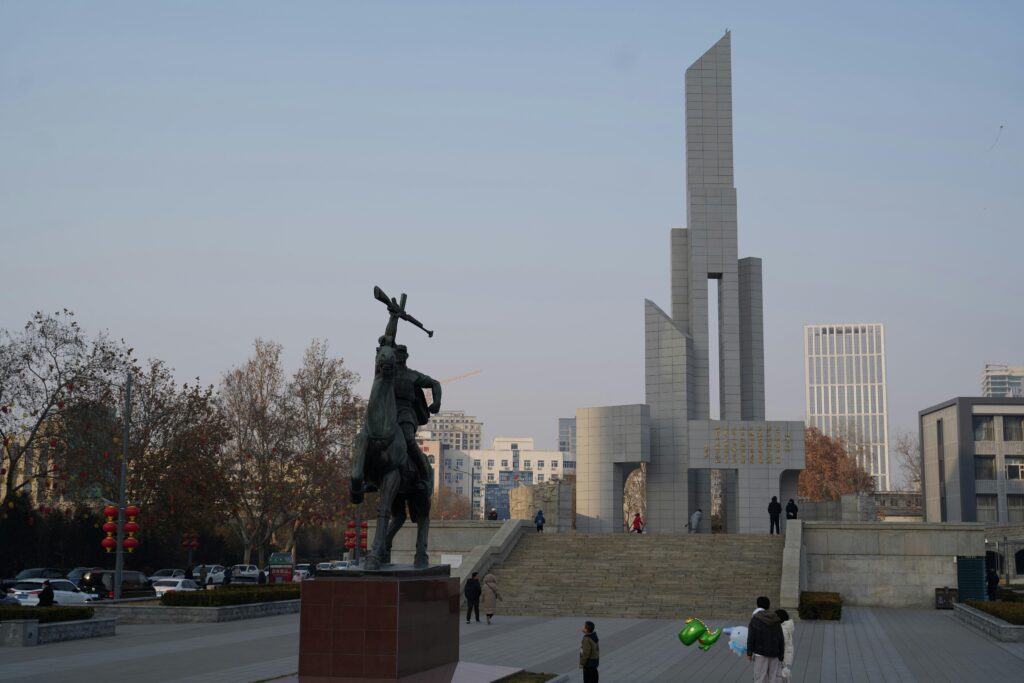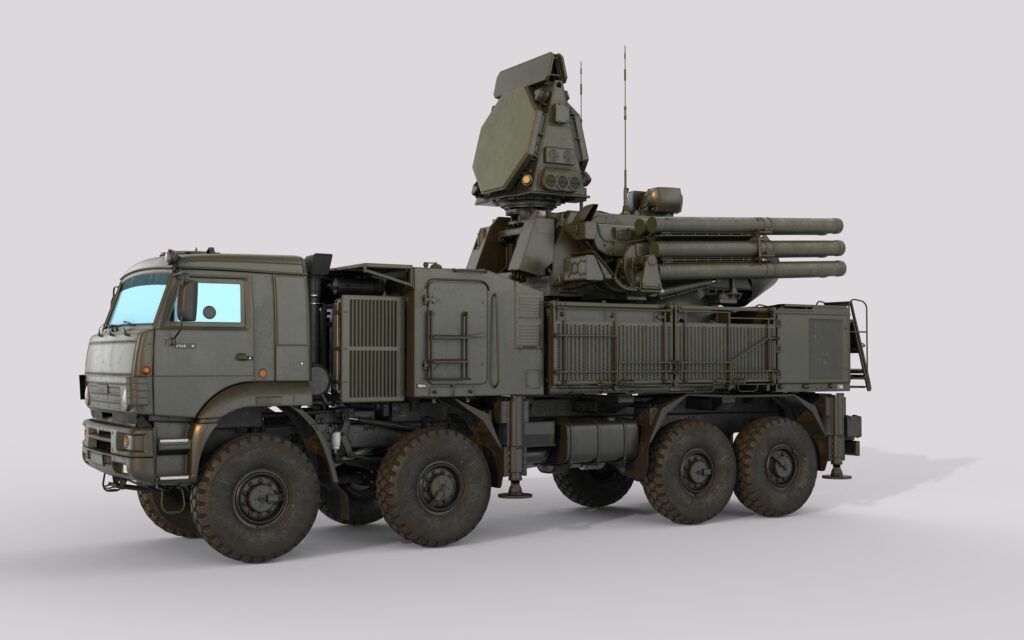The Battle of Stalingrad stands as one of the most pivotal clashes in the history of World War II, a brutal and relentless struggle that not only marked a fierce contest for control of a strategic Soviet city but also signaled a monumental shift in the war’s momentum. Lasting from August 1942 to February 1943, this battle was characterized by intense urban warfare, staggering losses on both sides, and remarkable acts of resilience and strategy. In this article, we’ll explore why the Battle of Stalingrad is widely regarded as the crucial turning point of WWII—how it halted the advance of Nazi Germany, boosted Soviet morale, and set the stage for the Allied push towards victory. Whether you’re a history enthusiast or simply curious about the dynamics that shaped the modern world, understanding Stalingrad is key to grasping the broader narrative of the Second World War.
Table of Contents
- The Strategic Importance of Stalingrad in World War II
- Key Military Tactics That Defined the Battle
- The Human Cost and Civilian Impact of the Siege
- Lessons Learned for Modern Warfare and Conflict Resolution
- Concluding Remarks
The Strategic Importance of Stalingrad in World War II
Nestled on the banks of the Volga River, the city represented far more than just a strategic military objective; it was a symbol of Soviet resilience and industrial might. Capturing this hub would have severed a vital supply route and crippled Soviet logistics, effectively opening the gateway for the German Army to advance deeper into the Caucasus and access crucial oil fields. This made the battle a high-stakes contest for control over a key node that could influence the broader economic and military capabilities of both the Axis and Allied forces.
The city’s strategic importance extended beyond geography, embodied in factors such as:
- Industrial Infrastructure: Factories producing tanks, aircraft, and ammunition powered Soviet defenses.
- Symbolic Value: Its name, carrying the legacy of Soviet leader Joseph Stalin, made its defense a morale booster.
- Transportation Hub: Critical rail and river routes that fed the Soviet war machine.
Its defense was not just a military imperative but a statement of Soviet tenacity, ultimately shifting the war’s momentum in favor of the Allies.
Key Military Tactics That Defined the Battle
Urban warfare was a hallmark of the conflict, with both Soviet and German forces engaging in fierce close-quarters combat amid the ruins of Stalingrad. The Soviets expertly utilized the city’s dense infrastructure to their advantage, turning buildings into strongholds and creating sniper nests that stalled and decimated the advancing German troops. This gritty style of fighting effectively negated the Germans’ superior mechanized advantage, forcing a prolonged battle of attrition that drained their resources.
Additionally, the Soviet command implemented the innovative encirclement tactic known as Operation Uranus, which involved a coordinated pincer movement targeting the weaker Romanian and Hungarian forces protecting the flanks of the German Sixth Army. This maneuver trapped over 250,000 Axis soldiers within Stalingrad, cutting off their supplies and reinforcements. The success of this encirclement was a testament to the Soviets’ careful planning and flexibility on the battlefield, ultimately turning the tide against the once unstoppable Wehrmacht.
- Utilization of natural and urban terrain to maximize defensive efforts
- Integrated infantry and artillery coordination to disrupt enemy formations
- Surprise counteroffensives that exploited Axis vulnerabilities
The Human Cost and Civilian Impact of the Siege
The battle unleashed a devastating toll on the civilian population trapped within Stalingrad’s borders. Residents endured relentless bombardment, starvation, and freezing winters with minimal hope of respite. Buildings that once bustled with life were reduced to shattered ruins, forcing families to seek shelter in underground cellars and makeshift bunkers. Despite the overwhelming horrors, the city’s inhabitants displayed remarkable resilience, often contributing to the war effort by salvaging materials and aiding trapped soldiers. The sheer scale of human suffering is reflected in the countless untold stories of loss, endurance, and sacrifice that underscore the human cost of this historic conflict.
Beyond the immediate battlefield, the siege inflicted widespread devastation that rippled through every corner of civilian life. Infrastructure collapsed, food supplies diminished, and access to medical care became scarce, compounding the horrors of war. Civilians faced:
- Chronic malnutrition due to rampant shortages and blockades
- Exposure to harsh weather without adequate heating
- Psychological trauma from continuous air raids and isolation
These brutal conditions blurred the lines between combatants and non-combatants, highlighting the tragic depth of the siege’s impact on human lives and the indomitable spirit that persisted despite overwhelming adversity.
Lessons Learned for Modern Warfare and Conflict Resolution
The Battle of Stalingrad underscored the critical importance of resilience and adaptability in modern warfare. Commanders who could swiftly respond to changing battlefield conditions often determined the outcome of engagements. Unlike previous conflicts marked by rigid strategies, Stalingrad demonstrated how flexibility—both tactically and strategically—could exploit enemy weaknesses and shift momentum. Additionally, the significance of urban warfare taught militaries worldwide the necessity of preparing for combat within heavily populated, built-up areas, where conventional approaches often faltered.
Beyond direct combat, Stalingrad also offered timeless insights into conflict resolution. The battle stressed how diplomatic underpinnings and supply chain integrity are integral to sustaining prolonged efforts, whether military or political. It became clear that winning a conflict isn’t solely about battlefield victories but also hinges on maintaining morale, securing alliances, and understanding the broader geopolitical landscape. Lessons such as these inform modern conflict resolution strategies, emphasizing the balance between force and negotiation to achieve sustainable peace.
- Adapt strategic planning to evolving battlefield dynamics
- Prioritize urban combat training for modern warfare scenarios
- Integrate logistics and morale as core components of operational success
- Leverage diplomacy alongside military action to foster long-term resolution
Concluding Remarks
In hindsight, the Battle of Stalingrad stands as a defining moment in World War II—a grueling clash where determination, strategy, and sheer resilience altered the course of history. Its significance extends beyond the battlefield; it epitomizes the turning tide against Axis expansion and underscores the profound human cost of war. Understanding this pivotal confrontation not only honors the sacrifices made but also reminds us of the fragile balance between victory and defeat in the annals of global conflict. As we reflect on Stalingrad, we gain deeper insight into the complexities that shaped our modern world.













